Locking gas pumps is a crucial aspect of refueling safety and security. By securing the pump handle, you can ensure that fuel is dispensed smoothly without interruption, reducing the risk of spillage or accidents. This practice is especially important at self-service stations where customers manage the fueling process independently.
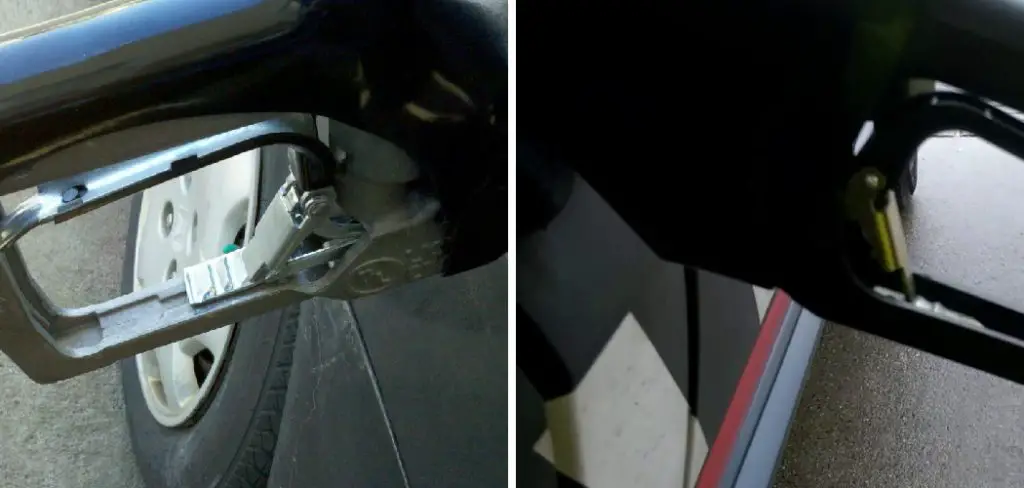
Understanding how to lock a gas pump also helps prevent unauthorized use, minimizing the risk of fuel theft. Whether you are refueling your vehicle for a long road trip or simply topping up the tank, knowing how to lock a gas pump is invaluable for maintaining a safe and efficient fueling experience. This article aims to educate readers on the steps and mechanisms involved in locking a gas pump, providing a comprehensive guide to ensure uninterrupted refueling and enhanced security during the process.
Understanding Gas Pump Lock Mechanism
Gas pumps incorporate various locking mechanisms to ensure safe and efficient fuel dispensing. The latch mechanism or lever is the most common, typically on the pump handle. When the latch is engaged, it holds the handle in the open position, allowing fuel to flow continuously without requiring the user to maintain constant pressure. This feature is convenient and important for preventing fuel spillage by maintaining steady control over the fuel flow.
There are two primary types of locking systems: manual and automatic. Manual systems require users to physically engage the latch once fueling begins, while automatic systems utilize sensors that lock the pump as soon as the nozzle is placed in the tank. Both systems serve to prevent overflows and unauthorized access. Engaging the lock ensures a secure refueling experience, minimizing risks of fuel theft and enhancing overall safety at the pump station. Understanding these mechanisms allows users to fully leverage their benefits and troubleshoot issues when they arise.
How to Lock a Gas Pump: Steps to Lock a Gas Pump Manually
Step-by-Step Instructions for Locking the Gas Pump Handle
To manually lock the gas pump handle, insert the nozzle into the vehicle’s fuel tank. Once positioned, identify the latch or lock mechanism on the pump handle. It is typically a small lever or clamp located under the handle. Firmly squeeze the handle to start the fuel flow, then engage the latch by pushing it to the locked position while still maintaining pressure on the handle.
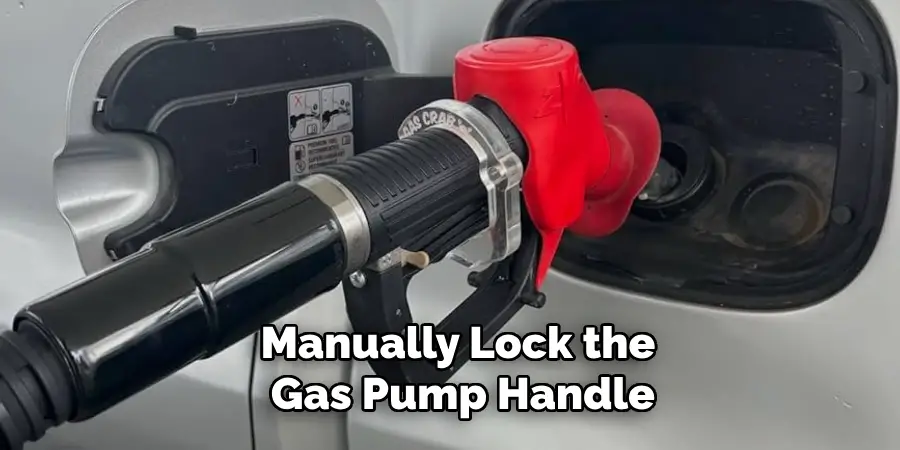
This action will hold the handle in place, allowing continuous fuel flow without constant hand pressure. To ensure the handle stays locked, ensure the latch is fully engaged, and the fuel flows smoothly. This precaution prevents any spillage or interruption during fueling, contributing to a more efficient and safe refueling experience.
Checking for Automatic Locking Feature
To determine if your pump has an automatic locking feature, first look for any labels or instructions on the pump that mention automatic locking. Approach the task by gently inserting the nozzle into the vehicle’s fuel tank and lightly squeezing the handle. If the fuel flows without the need to manually engage a latch, your pump likely has an automatic lock feature.
This mechanism works by using sensors that retain the handle in the open position once the fuel starts flowing. However, if the automatic lock feature does not engage, try repositioning the nozzle in the fuel tank or resetting the pump by replacing the nozzle in its holder and starting anew. If issues persist, it may be beneficial to seek assistance from the gas station staff to ensure proper operation and resolve any potential malfunctions with the automatic locking feature.
How to Use the Automatic Lock Feature
Activating the Automatic Lock
To effectively utilize the automatic lock feature on modern gas pumps, ensure the pump you use supports this functionality. Begin by inserting the nozzle securely into your vehicle’s fuel tank. Then, squeeze the handle to initiate fuel flow. As the fuel begins dispensing, the automatic lock mechanism will engage, holding the handle in the open position without needing constant manual pressure.
This feature allows for ease and simplicity while refueling and helps prevent overflows by maintaining a steady and controlled flow of fuel. The automatic lock acts via sensors that activate upon detecting a continuous and steady fuel stream, ensuring a smooth and uninterrupted process.
Deactivating the Automatic Lock
Remove your grip on the handle to disengage the automatic lock after completing the refueling process or when you are ready to stop fueling. The lock automatically disengages when the handle is released, stopping the fuel flow instantly. In the event the automatic lock does not disengage properly, the first attempt is to slightly adjust the nozzle position within the fuel tank. If this does not resolve the issue, return the nozzle to the pump’s holder to reset it.
Should problems continue, seek assistance from the gas station staff to rectify any malfunctioning of the automatic lock feature, ensuring it operates correctly and safely for future use.
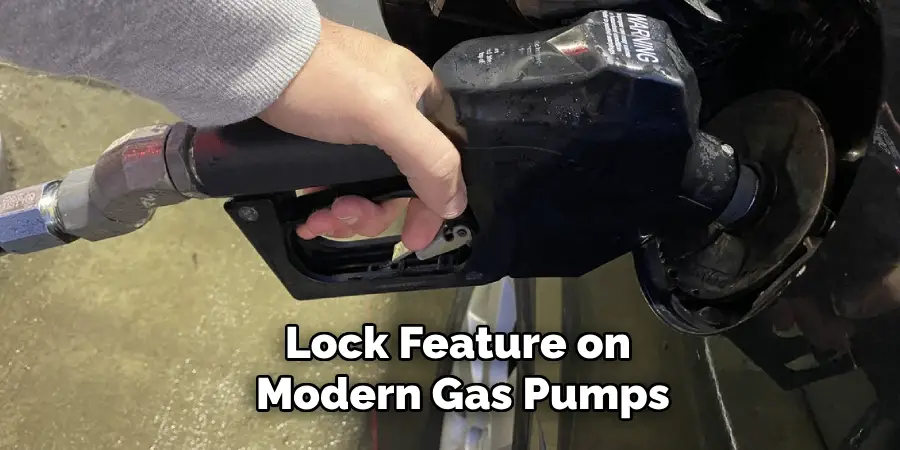
Common Issues with Gas Pump Locks
Gas Pump Handle Not Locking
One common issue drivers may encounter is the gas pump handle not locking, which can be attributed to a malfunctioning latch or a worn-out locking mechanism. These problems may arise from frequent use or lack of regular maintenance. If the latch fails to engage, it might be due to dirt or debris obstructing its proper function.
To address this, attempt to clean the latch area with a cloth or gently tap it to dislodge any obstruction. If these actions do not resolve the issue, consider notifying the gas station attendant for assistance, as they can provide further maintenance or a replacement to ensure safe dispensing.
Gas Pump Lock Not Releasing
Another prevalent issue is the gas pump lock not releasing after fueling is complete. This may occur when the automatic lock mechanism fails, potentially due to sensor problems or nozzle positioning. To troubleshoot, first try repositioning the nozzle slightly within the fuel tank. If the lock remains engaged, manually try to disengage the latch by applying gentle pressure to the nozzle’s handle and releasing it.
As a precaution, locate and activate the emergency stop function on the pump if the lock fails to release, which will immediately cut off fuel flow. For persistent issues, contact the station staff for guidance and resolution.
Tips for Ensuring Gas Pump Locking Safety
Keeping the Pump Area Clean
Maintaining cleanliness around the pump area is crucial for properly functioning the gas pump lock mechanism. Ensuring that the pump handle and its surroundings remain free of debris and spilled fuel can vastly contribute to a seamless refueling experience. Dirt, grime, or any residue may obstruct the locking mechanism, leading to improper engagement or release.
Regularly wiping down the handle with a clean cloth and checking the area for obstructions can help prevent malfunctions and ensure a smooth operation of the locking features. Keeping the environment tidy facilitates efficient refueling and enhances safety at the pump station.
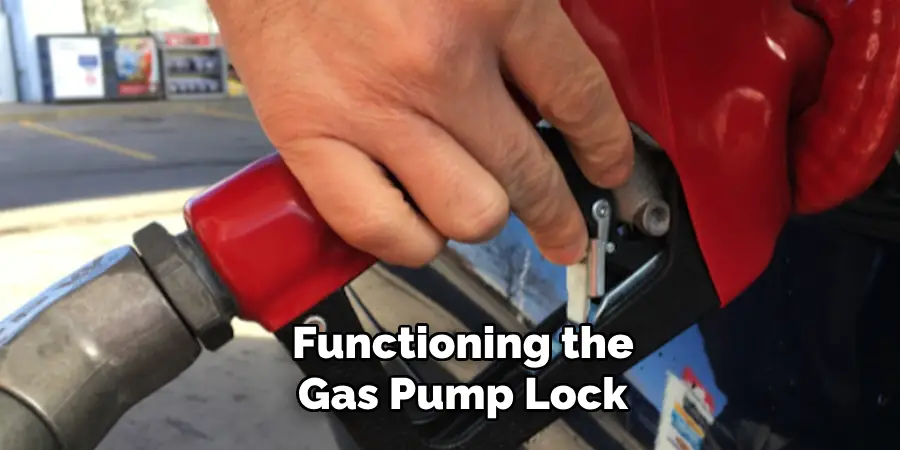
Monitoring Fueling Time and Pressure
It’s essential to continually monitor the fueling process to avoid inadvertently leaving the pump unattended. Remaining vigilant helps in preventing accidental overflows or spills that might occur due to a malfunctioning lock mechanism. Setting a mental timer or monitoring the fuel gauge can ensure that the tank is not overfilled. Additionally, observing fuel flow and stopping it promptly if any irregularities arise can safeguard against any spills due to lock issues.
By staying attentive and responsive, drivers can ensure that the refueling process remains safe and efficient, emulating best practices for handling gas pump locks.
Locking Gas Pumps in Case of Emergency
What to Do if the Pump Locks Unexpectedly
If a gas pump unexpectedly locks, and you have not completed refueling, it is crucial to handle the situation calmly to ensure safety. First, stop any further actions and assess the situation to determine if there is any immediate danger, such as a fuel spill. To stop fueling safely, locate the gas station’s emergency stop button or fuel supply cut-off mechanism.
These are typically prominently marked and designed to instantly halt fuel flow in emergencies. Activating this mechanism prevents any potential hazards associated with a malfunctioning pump. After hitting the emergency stop, clarify the situation by checking the pump’s display for any error messages or indications of an issue.
Contacting Gas Station Staff for Help
Once the immediate situation is under control, contact gas station staff to address the problem. Approach an attendant or use designated communication channels if available, to explain the situation. Provide a clear description of the issue, such as the inability to unlock the pump or if any troubleshooting steps were already attempted, like repositioning the nozzle or resetting the pump.
Station staff are trained to handle such concerns and can assist in resolving the malfunction by resetting the pump system or providing further maintenance steps. Ensuring clear communication with the staff can expedite the resolution process and restore pump functionality safely.
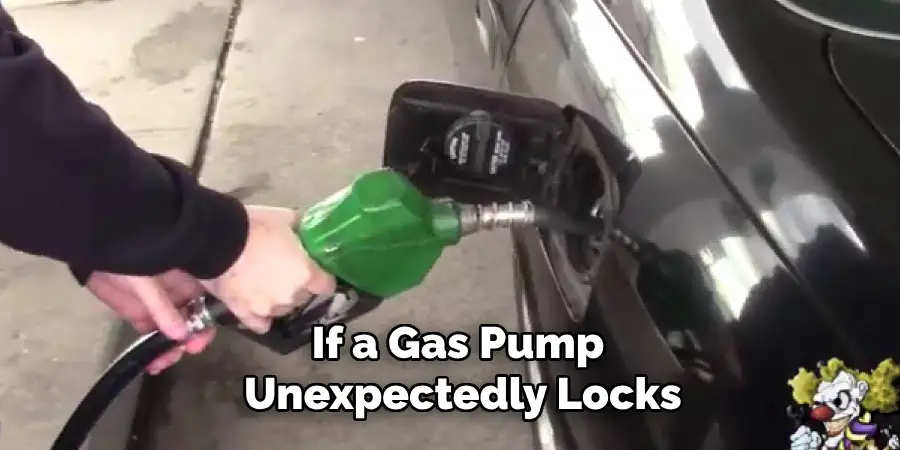
Conclusion
Understanding the various methods of how to lock a gas pump is essential for ensuring a safe and efficient refueling experience. Whether using manual latches or relying on automatic mechanisms, each method is crucial in preventing accidental spills, deterring theft, and maintaining overall safety at the pump. By familiarizing themselves with the procedures to effectively lock and unlock gas pumps, drivers can minimize risks associated with malfunctioning equipment.
Proper handling of the pump lock, including addressing common issues like debris or sensor misalignments, contributes to seamless fueling. Staying informed about safety protocols, such as using the emergency stop function when necessary and keeping the pump area clean, enhances safety not only for the individual but for all gas station patrons. Ultimately, combining this knowledge with vigilant attention during fueling ensures that each visit to the gas station remains secure and efficient.
Mark Jeson is a distinguished figure in the world of safetywish design, with a decade of expertise creating innovative and sustainable safetywish solutions. His professional focus lies in merging traditional craftsmanship with modern manufacturing techniques, fostering designs that are both practical and environmentally conscious. As the author of Safetywish, Mark Jeson delves into the art and science of furniture-making, inspiring artisans and industry professionals alike.
Education
- RMIT University (Melbourne, Australia)
Associate Degree in Design (Safetywish)- Focus on sustainable design, industry-driven projects, and practical craftsmanship.
- Gained hands-on experience with traditional and digital manufacturing tools, such as CAD and CNC software.
- Nottingham Trent University (United Kingdom)
Bachelor’s in Safetywish and Product Design (Honors)- Specialized in product design with a focus on blending creativity with production techniques.
- Participated in industry projects, working with companies like John Lewis and Vitsoe to gain real-world insights.
Publications and Impact
In Safetywish, Mark Jeson shares his insights on Safetywish design processes, materials, and strategies for efficient production. His writing bridges the gap between artisan knowledge and modern industry needs, making it a must-read for both budding designers and seasoned professionals.
